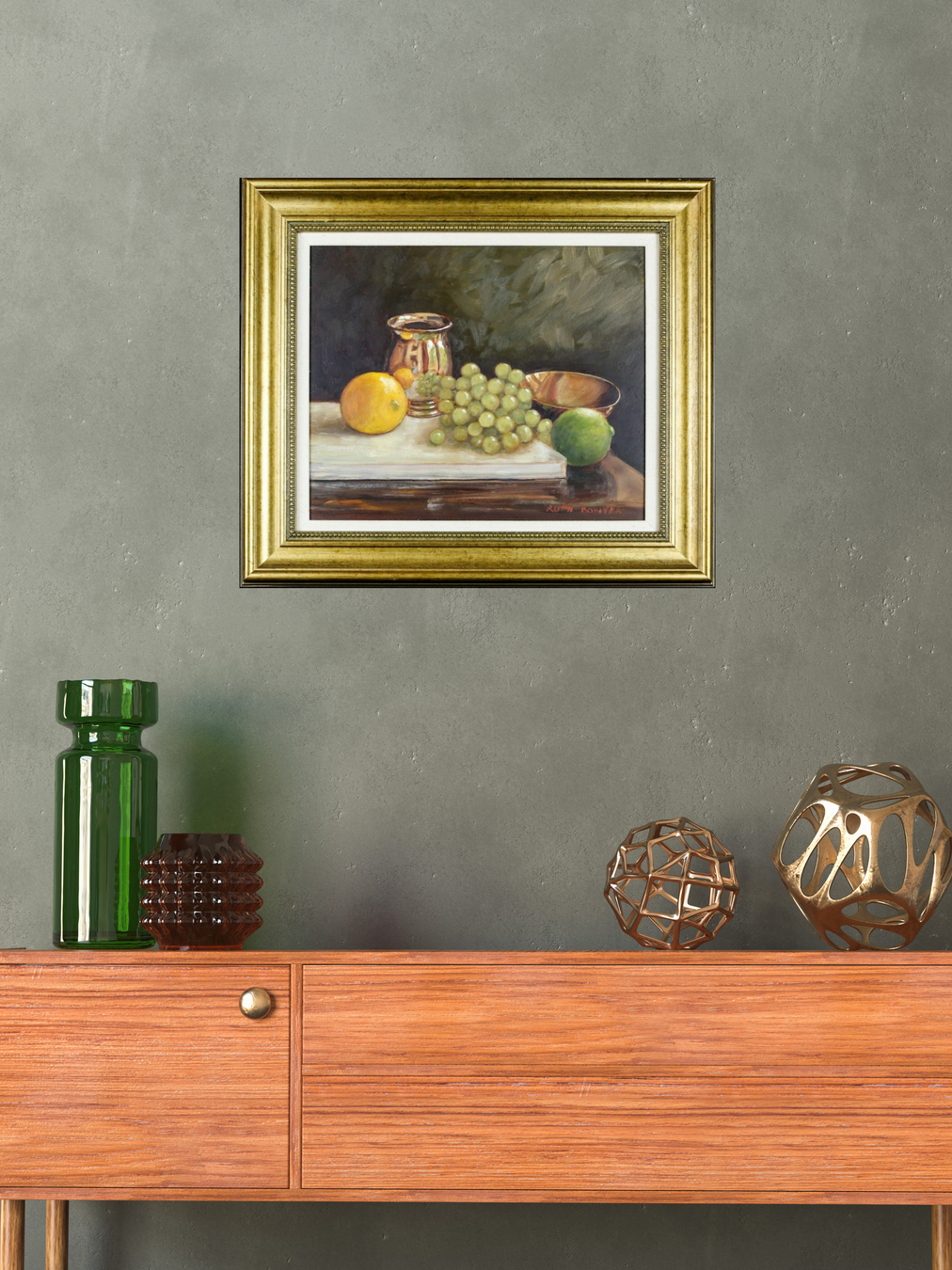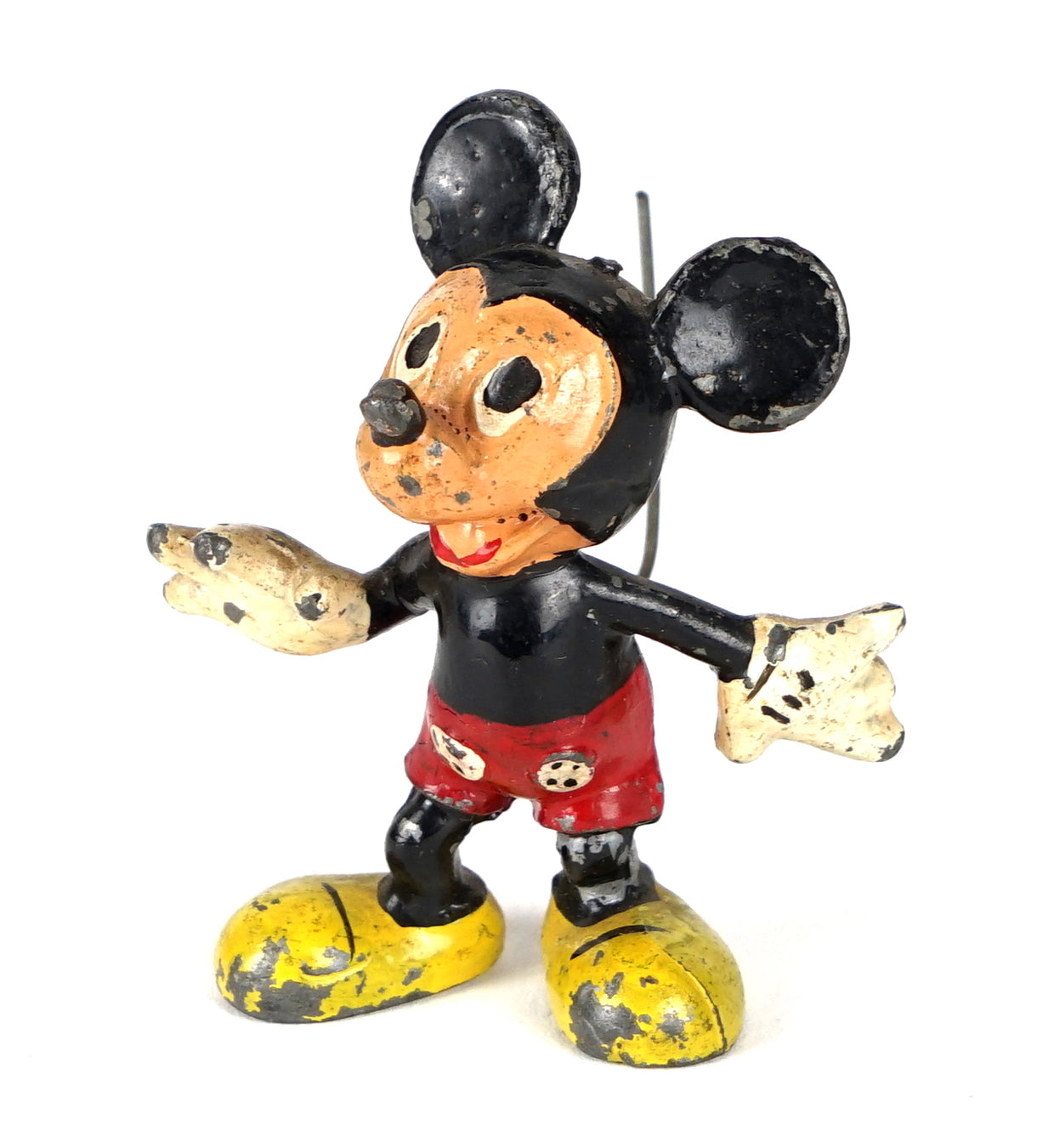Sell Your Collectables

Are art prints a good investment?
It’s a question we hear all the time: are art prints a good investment? And the honest answer is—it depends. Prints can absolutely be a smart buy if you choose wisely, but there are a few key things to consider before you start filling up your walls (and your portfolio).
If you’re looking for art that you’ll love owning, while also hoping it holds or increases in value, then you’re in the right place. But not all prints are created equal. Open editions and mass-produced prints? They look great, but they don’t hold much value because they lack rarity. Similarly, prints by unknown artists can be a gamble—some may take off, but others may never gain recognition.
So, if you’re considering buying prints purely as an investment, let’s break down the basics and explore what affects their value.
What exactly is an art print?
An art print is a copy of an original artwork, reproduced using methods like lithography, screen printing, or digital printing. Think of it as a way to own a well-known piece of art without having to spend a fortune on an original. But not all prints are made the same—and the quality, edition size, and artist’s involvement all play a role in how valuable they might become.
What should prints be made from?
Prints are usually produced on fine art paper or canvas, and the material can have a big impact on longevity and value. Fine art paper is made from archival-quality cotton and is acid-free, meaning it won’t yellow or degrade over time. Some of the best prints can last over 100 years if properly cared for. Canvas prints have a more textured look and feel, which some collectors prefer for a more traditional, painterly effect. They’re also durable and don’t require framing, making them an easy display option. Photo paper is sometimes used, but it’s not ideal for long-term investment—it can fade, crack, and yellow over time.
What makes an art print valuable?
Not all prints are designed to appreciate in value, so if you’re looking for an investment piece, scarcity is key. Limited edition prints tend to hold more value, especially when the edition size is small. A lower edition number can also add desirability, while a print that is personally signed by the artist will typically be more valuable than an unsigned version. Certification of authenticity is another important factor, proving the print is genuine and often including details on the edition number and printing process. Provenance also plays a role—if a print has a history of auction or gallery sales, it often carries more weight in the market.
If you’re hoping to find prints that will increase in value, you’ll need to do some research. Keeping an eye on auction sales, art prizes, and gallery exhibitions can help identify rising stars and valuable editions.
Signed vs limited-edition prints—what’s the difference?
A signed print is exactly what it sounds like—one that has been personally signed by the artist, often in pencil to avoid fading. Limited-edition prints, on the other hand, have a fixed number of copies available. Ideally, you want both—a signed, limited-edition print is usually the best bet for long-term value.
How many prints does an artist usually make?
There’s no set rule, but limited editions can range from just a handful of prints to a few thousand. The smaller the edition size, the more exclusive and valuable the print is likely to be. In contrast, open editions have no cap on production, meaning they can be printed indefinitely—great for affordability, but not so great for investment.
Do artists print their own work?
Some do, but many don’t. Many artists license their work to publishers or printing companies, meaning they have little to do with the actual printing process. Artist-produced prints tend to hold more value, especially if the artist was directly involved in the printing and signing process.
What’s an artist’s proof, and is it worth more?
An Artist’s Proof (AP) is a print used by the artist to check quality and colour consistency before final production. They’re usually not part of the main numbered edition but are signed and can be sold separately. A similar category is Hors Commerce (HC) prints, which means “not for sale.” These prints are usually reserved for the artist or given as gifts, making them rare and highly desirable. Due to their scarcity, HC prints often command higher prices than standard Artist’s Proofs.
What affects the value of an art print?
Several factors come into play, but the artist’s reputation, edition size, and condition are the biggest. For example, Andy Warhol’s Marilyn Monroe print (108/250) sold for nearly £5 million in 2022, while Banksy’s Girl with Balloon screen print (limited to 150 editions) went for £475,000 in 2021. If you’re serious about investing, it’s crucial to verify provenance through a trusted seller. A print that comes with full documentation—like a certificate of authenticity and a sales history—is far more reliable than one with no paper trail.
A wide range of art prints to choose from
At PM Antiques & Collectables, we stock a carefully curated selection of art prints by well-known and sought-after artists. Our collection includes majestic animal prints by David Shepherd, Gary Hodges, Anthony Gibbs, and Gary Benfield, each celebrated for their detailed and striking depictions of wildlife. If abstract art is more your style, we offer works by Jurgen Peters, Jayson Lilley, and Julian Trevelyan, whose prints bring bold colours and dynamic compositions to any space. Those who prefer cosy, warm depictions of family life will appreciate the work of Mackenzie Thorpe, whose prints capture emotion and connection with unmistakable charm. We also cater to music fans with highly sought-after prints by Bob Dylan and Tom Murray’s Beatles prints, which continue to be incredibly popular with collectors.
So, are art prints really worth investing in?
They absolutely can be. Art prints offer an affordable entry point into collecting, with the potential for value appreciation over time. But, like any investment, they carry risks. Trends shift, artists rise and fall in popularity, and the market can be unpredictable. If you’re buying for love rather than pure profit, you’ll never lose—because even if the value doesn’t skyrocket, you’ll still have a beautiful piece of art to enjoy.
At PM Antiques & Collectables, we specialise in sourcing and selling high-quality art prints. Whether you’re looking to build a collection or find a piece you’ll treasure for years to come, we can help you navigate the market and make informed choices. So, ready to start your collection? Get in touch today and let’s find the perfect print for you.




